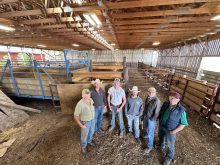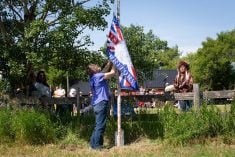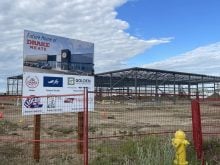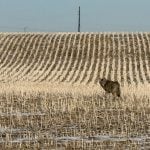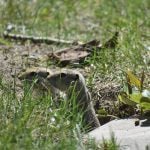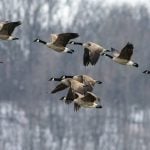Doc Seaman rescued OH Ranch from pending use as a military training base when he purchased OH Longview in 1987. Twenty years later, he began to pursue a long-held vision to place the privately-owned portions of the ranch under conservation easements. His goal was to conserve the unique ecosystems on the range that lies along the eastern slopes of the Rocky Mountains and to preserve traditional ranching practices and values.
The process began with an assessment of the ecological status of the ranch completed by Environment Canada in 2007. They were advised that ecologically sensitive systems need large, contiguous land bases in order to remain intact. Seaman approached the government of Alberta about the possibility of protecting the public lands on which OH Ranch had held the grazing lease for its entire 125-year history.
Read Also

Alberta ranch family outlasts droughts
Over the years, the Lehr family has learned a thing or two about managing the ranch through dry years
The concept found wide support because it fit within the province’s needs for protected areas under its land use framework. Alberta Tourism, Parks and Recreation proceeded to develop a proposal for public review and comment. The official announcement of the creation and naming of the OH Ranch Heritage Rangeland was made on September 13, 2008.
This is Alberta’s second heritage rangeland park. The first was Black Creek created in 1999 during the period when Alberta’s special places legislation was being developed. Another six sites are now going through the same process. Heritage rangeland parks are protected under the provisions of the Wilderness Areas, Ecological Reserves, Natural Areas and Heritage Rangeland Act.
Archie Landals, director of resource management co-ordination with Alberta Parks, explains that OH Ranch Heritage Rangeland is a first of its kind because it marries private and crown land. The legal designation applies to the public park, but the public land and private land under conservation easements will be managed as one. It’s also unique in that all of the area within OH Longview has always been managed as one operation by its various owners.
OH Ranch will continue to hold and pay for the grazing leases on the public lands and will be responsible for the day-to-day management of the land. Existing mineral right commitments will be honoured, however, special care must be taken to minimize the impact on the natural landscape, vegetation and wildlife. New mineral rights agreements will be issued with “no surface access” restrictions. Activities that conflict with the management plan and grazing activities, such as commercial logging, development of facilities for recreation and tourism, new public road development, and cultivation of land for agricultural purposes, will not be permitted. Alberta Parks states that outdoor recreation is not a priority of this heritage rangeland park.
As far as feasible, management of the private lands under conservation easements will be consistent with that of the public lands. Conservation easements are voluntary agreements between private landowners and a qualified land trust. An easement is registered against the land title to limit the amount and type of development that can occur on the property now and the future.
OH Ranch has worked with the Nature Conservancy of Canada and the Southern Alberta Land Trust Society to hold the conservation easements on the Longview and Pekisko properties. The ranch is now working toward placing some of the private lands within the Bassano and Dorothy operations under conservation easements as well.
OH Heritage Rangeland includes approximately 10,200 acres of public lands protected by legislation. That much again is private land under conservation easements. Well over 20,000 acres of native grassland and wilderness in the Alberta foothills are now dedicated for the enjoyment of future generations.



